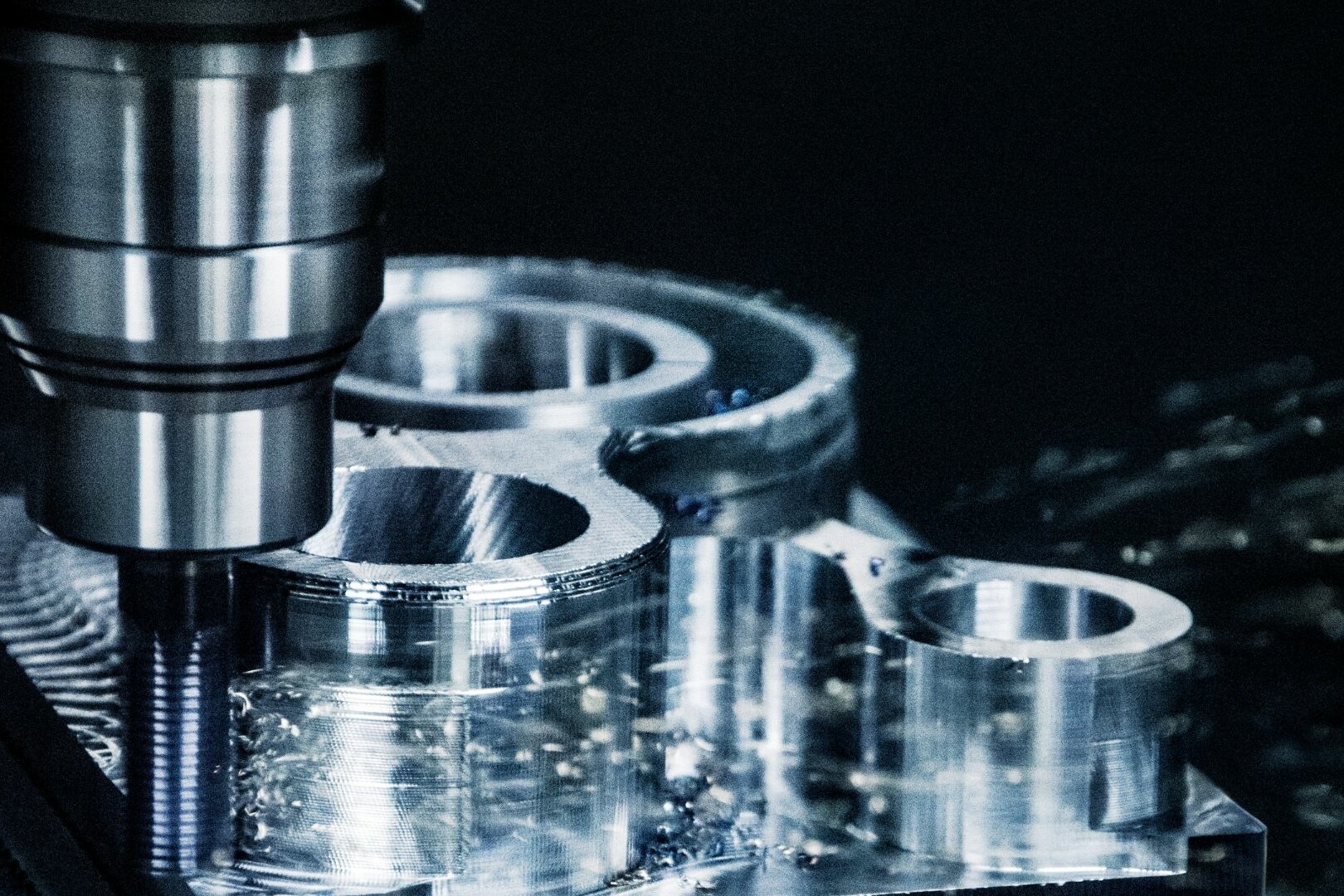Most of manufacturing companies conduct several projects and studies on reducing unit costs and gain sustainable advantage in competition in order to exceed its existing situation to an upper level. But it is not enough to just make a machine more efficient. You also need to reduce the cost of it. To decrease the total cost and increase the savings, you should also concentrate on maintenance costs, which is between 15% to 40% of total costs of a manufacturing plant. On the other hand, the reactive approach (fix-when-broken) is also a widespread option. This states that these companies embraced a short-term approach on savings and efficiency. In short-term, this approach is far cheaper than other methods. But this approach concentrates on visible issues and completely ignores the costs related to the system, itself. In this entry, I will concentrate these hidden costs.
Improvement Processes
In the maintenance operations, downtime and spare part costs are the most widely known issues. But the other costs are hidden in the processes. If you concentrate on downtime and spare costs, you probably miss the costs of processes and operations. But this is a trap so many companies fall. When the costs of operations increase, most companies reduce training cost, the number of auditors, maintenance frequency and so on. In short term, they save money and survive, but in long-term this is not sustainable. The short-term plans provide unsustainable improvement policies which cause a loss of money in long-term. In order to gain sustainable advantage in long-term, these improvement processes must be long-term. This issue not only requires decisions, but corporate policy changes.
In order to improve operational reliability in long-term, modern predictive maintenance (PdM) technologies are really important. PdM is actually a very cost-effective approach, which saves 8% to %12 more than Preventive maintenance and 40% than fix-when-broken approach. At this point, we need to mention about Condition-Based PdM and Traditional PdM. The biggest difference between them is time. Both monitor the health and condition of machines such as pumps, motors, reductors, fans etc. However, the traditional one consists of periodical measurements performed once in 60 or 90 days. On the other hand, certain problems can occur between the measurements due changing working conditions, temperature or load and cause catastrophic problems. Condition-based provides continuous monitoring and provides opportunity to maintenance teams react faster and plan their schedule.
Energy Consumption and Waste
As I mentioned above, the visible costs are widely known. But hidden costs can cost more than those. The vibration, misalignment, assembly and other issues issues can cause defects on bearings, couplings and gaskets. Due to this simple issue, machine consumes more energy. Let me give you an example. Consider there is an imbalance of 0.11 Watt/g.mm. If there is 50 g imbalance in a 500 mm shaft, there would be 2.75 kW energy waste. Moreover, with the help of resonance and increased damping capacity of oiled interfaces, the imbalance will be bigger, so the waste. Generally this simple imbalance issues cost 5% more energy consumption. In rotating machinery working in continuous manufacturing environments, even 1% can mean millions of dollars. In addition to this, also carbon emission will be larger.

Fig. 1 Maintenance Types
Downtime
Downtime was very underestimated in the past. These days people get familiar with the issue. But downtime is not just the time the broken machine does not work. It is also the other machines cannot work, the personnel cannot work and the personnel work for overtime to fix the issue and produce ordered amount. A skipped maintenance work can pave the way for other elements to stop and unless the root cause is well analyzed, the frequency of downtime will increase. In addition to these, a manufacturing line after a fix lose 10% of its efficiency in re-start period.
Human Resources & Training
The other hidden cost is human resources and training. Let us start with an example. Human Resources Department of a factory hires a technician for PdM and instead of Condition-Based systems, they give this technician a hand-held vibration analyzer. They train the technician, and the technician starts getting measurements point by point, one by one. After 2 years of work, the technician quits the work. The factory needs a new technician and information the technician collected these 2 years is lost. They need find a new technician and collect the data and face the same problems in maintenance as happens before him/her. Or COVID-19 breaks out and due to the limitations, the technician cannot enter the plant as commonly occurs in these days. Since there is no condition monitoring system is established or any one else in the factory can fill up the technician’s position, the conditions of all machinery go dark and malfunctions happen.

To sum up, without ignoring the visible costs, you should also consider hidden costs, a manufacturing plant has and build up maintenance operations. Since the short-term plans will always cause long-term loses, the long-term plans should be made, and corporate culture should be reshaped. Condition-Based is a strong tool to increase efficiency and reduce cost in long-term. Beyond the advantages of the traditional PdM, it saves both money, workforce and energy. With the increased reliability, maintenance teams can plan their schedule, define priorities and save workforce.
References:
- Mukesh A. Bulsara, Anil D. Hingu and Pratik S. Vaghasiya(June 2016), Energy loss due to unbalance in rotor–shaft system
- E. Estupinan, D. Espinoza, A. Fuentes (2008)Energy losses caused by misalignment in rotating machinery: A theoretical, experimental and industrial approach
- Howard A. Gaberson, (1996), ROTATING MACHINERY ENERGY LOSS DUE TO MISALIGNMENT
Recommended Blog Posts
September 4, 2023
Powerful Signal Analysis Tools for Vibration Analysis
Predictive maintenance, crucial for machinery reliability, heavily relies on vibration analysis. Techniques like FFT…
September 4, 2023
Rotating Machinery Vibration Analysis
Vibration analysis is a critical tool in various industries like manufacturing, power generation, and transportation.…
December 28, 2022
Fault Diagnostic Technique Using Machine Mode Similarity Analysis
AI can diagnose machine faults with vibration data but machine mode similarity analysis is an alternative, it uses…
September 15, 2022
Understanding Rotating Machinery Data
Machine data is generated by physical attributes and actions of machines, collected by sensors and analyzed for…
August 6, 2021
Envelope Analysis
Bearings are critical elements in rotating machines, they support radial and axial loads, and reduce friction. Real…
May 6, 2021
What is Cepstral Analysis?
Cepstral Analysis, a tool used to detect periodicity in frequency spectrum, can be useful in gearbox fault detection in…
October 9, 2020
How is Fault Detection Performed?
Vibration measurements and analysis, using multiple parameters, can identify developing problems in machinery before…
September 21, 2020
Parameter Selections in Vibration Measurement
Vibration measurements are used to determine the response of machines to forces and identify potential issues. It is…
September 4, 2020
What is Vibration Analysis?
Vibration analysis can be used to discover problems in machines and predict when they might fail. It can significantly…
Discover Our Products
Sensemore Predictive Maintenance Solution
If you enjoyed this blog, explore our Predictive Maintenance Solution page.











